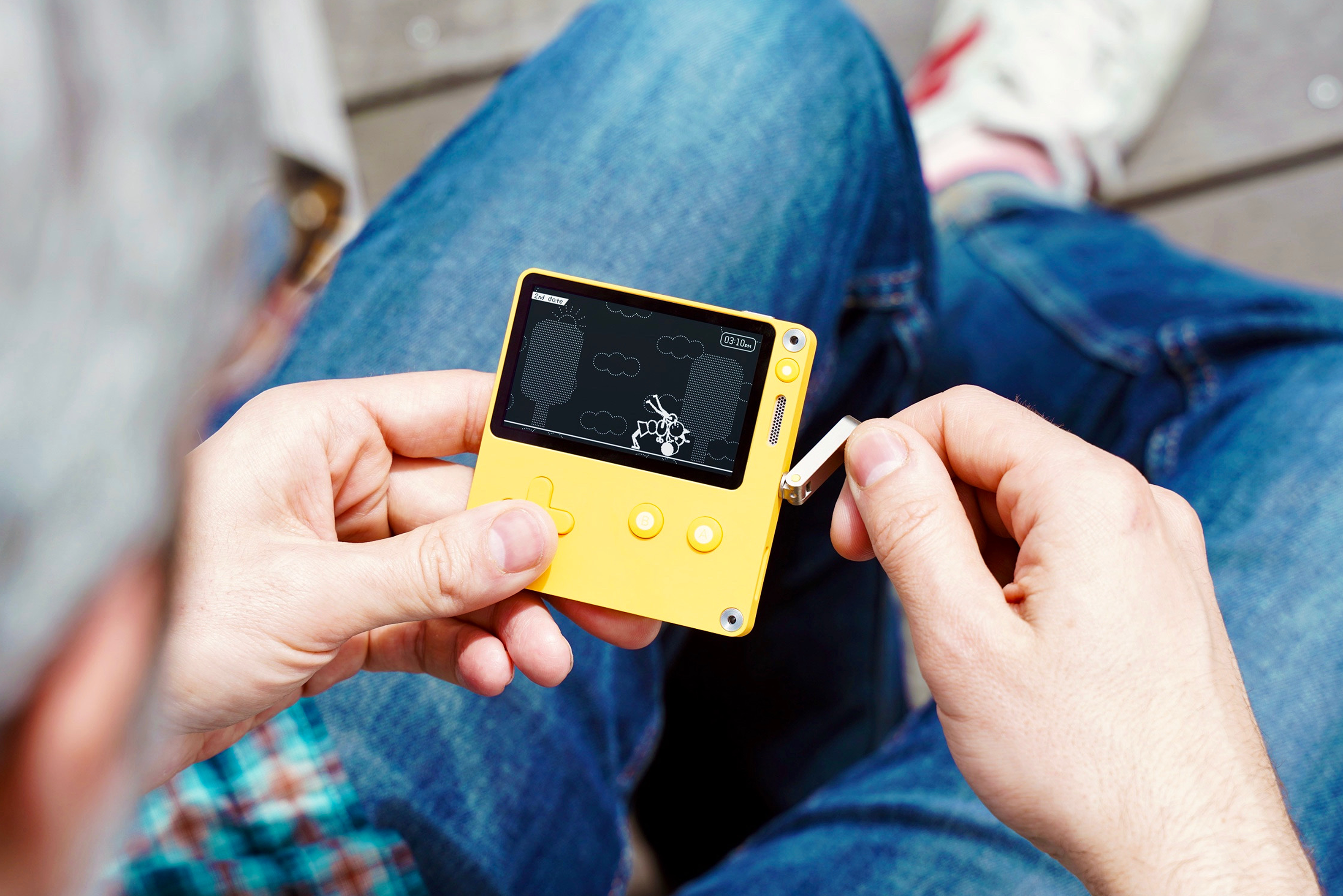How to paint fantasy beasts
11 key tips and pieces of advice for painting charming imaginary creatures in pencil and watercolour.
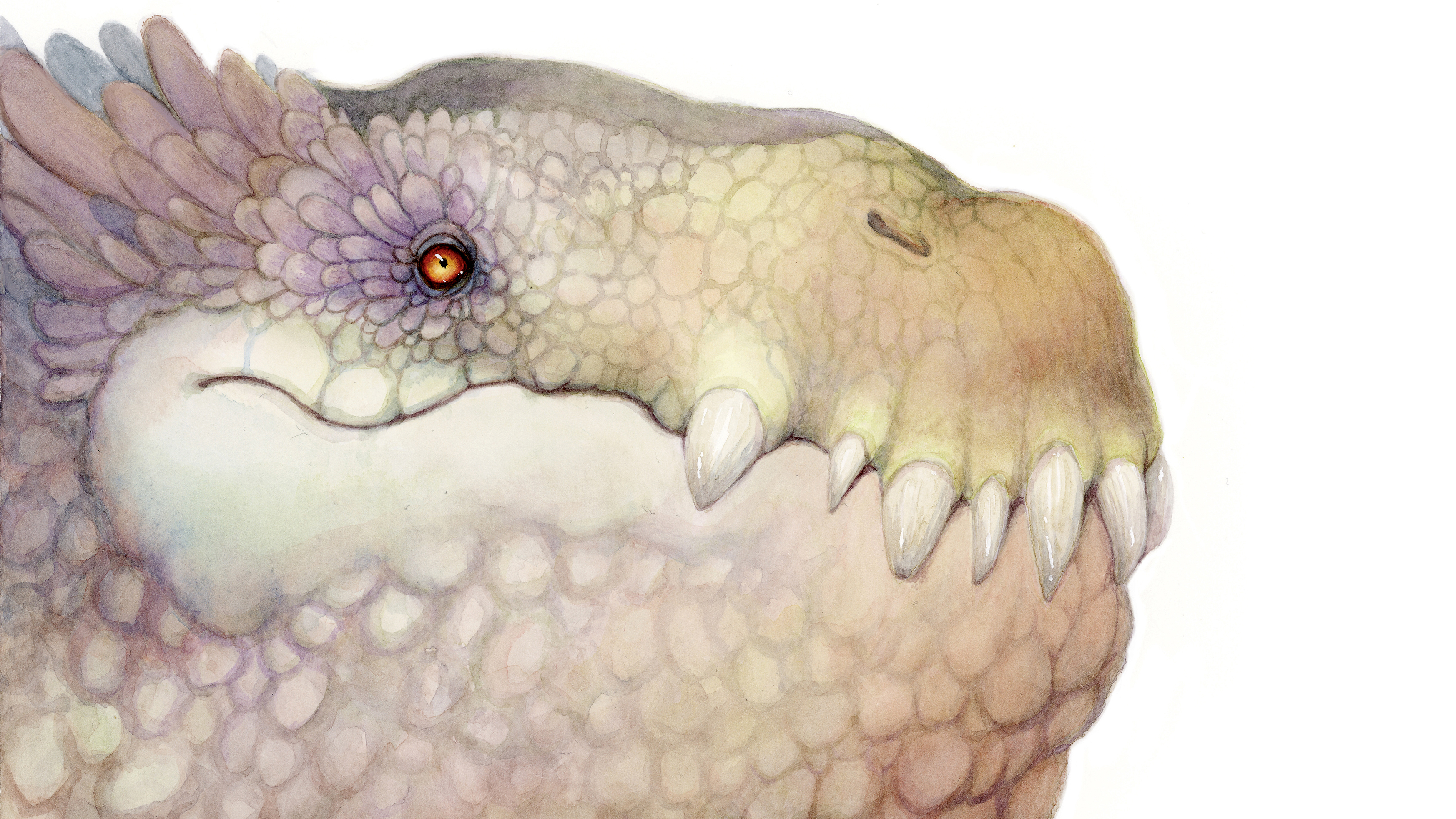
Once you've come up with an idea for a fantasy creature, the next step is to bring it to life by painting it with believable colours and textures. Here are our workflow tips for painting creatures in pencil and watercolour.
If you're having trouble coming up with ideas, take a look at our guide to designing imaginary beasts. Then, follow these steps...
01. Brainstorm

First, get those ideas down on paper. Usually it’ll take me a while to create any shapes that I like, or even anything that I’d want to take further. Sometimes they appear fully formed and others will never make it into a painting. I use my heavy blunt mechanical pencil to make loose designs and then refine them with a sharper point.
For the thumbnails above, my theme was ‘enchanted forest’ – and anything that popped into my head that may exist in such a place was extracted from my brain.
02. Use a wide pencil for rough ideas
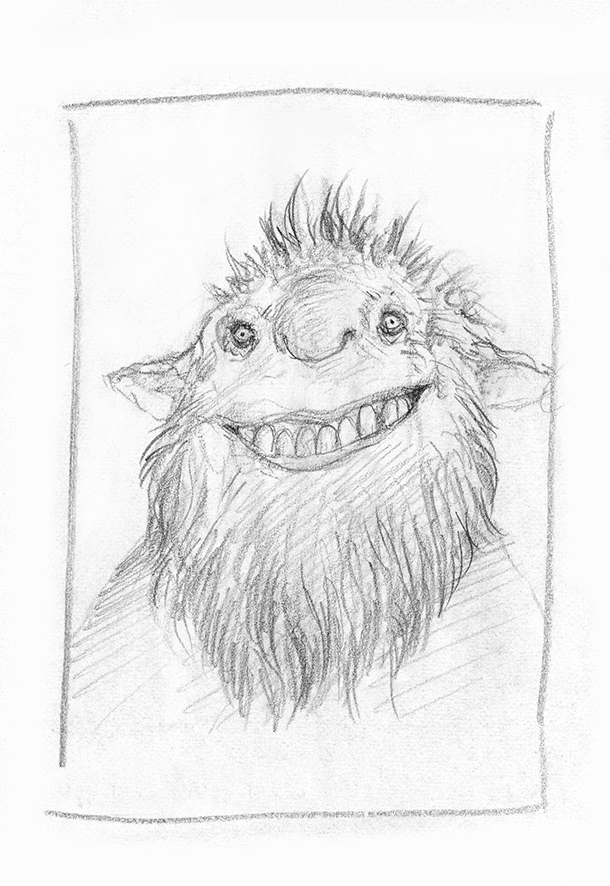
Most of my creature ideas begin with a very rough thumbnail. I prefer to use a very large 5.6mm heavy mechanical pencil by Koh-I-Noor, which stops me getting obsessed with detail. I wanted to create something darkly mischievous with this guy.
- Buy a Koh-I-Noor 5.6mm mechanical pencil (UK) for £4.50
- Buy a Koh-I-Noor 5.6mm mechanical pencil (US) for $4.90
03. Try a watercolour sketch
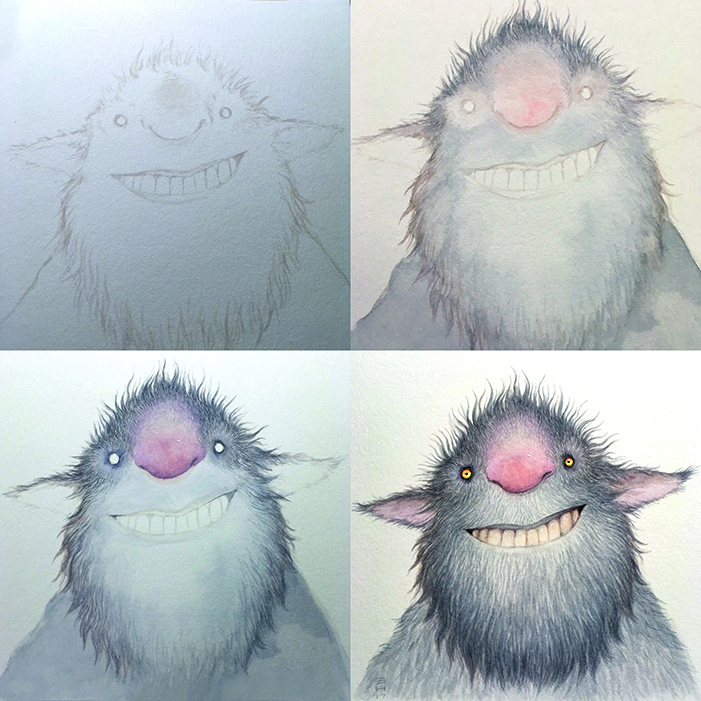
My next step from thumbnail is sketching with watercolour. Instead of damaging the watercolour paper, which is easy to do with lots of erasing of pencil lines, I use a fine brush (my favourite is size 3 Series 7 Winsor & Newton sable) and using a light wash I draw the creature directly onto the paper.
04. Depict the fine details
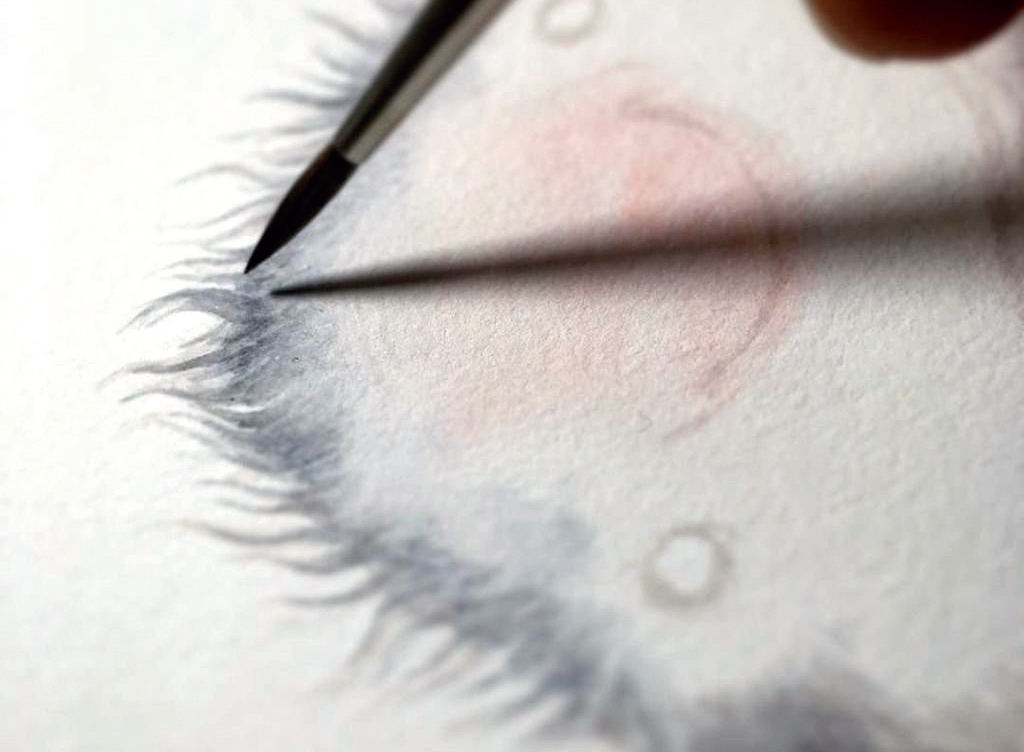
Once I’ve sketched the design in watercolour, I make a pass with a darker wash and figure out which areas I want lighter and darker. With watercolour you need to work from light to dark. The process is time consuming, but well worth it for the final result.
Get the Creative Bloq Newsletter
Daily design news, reviews, how-tos and more, as picked by the editors.
I’m a big fan of detail so I use very fine brushes for this. It also enables you to go steady with the value range, which in this instance I hadn’t decided on until I started the painting.
05. Build up layers
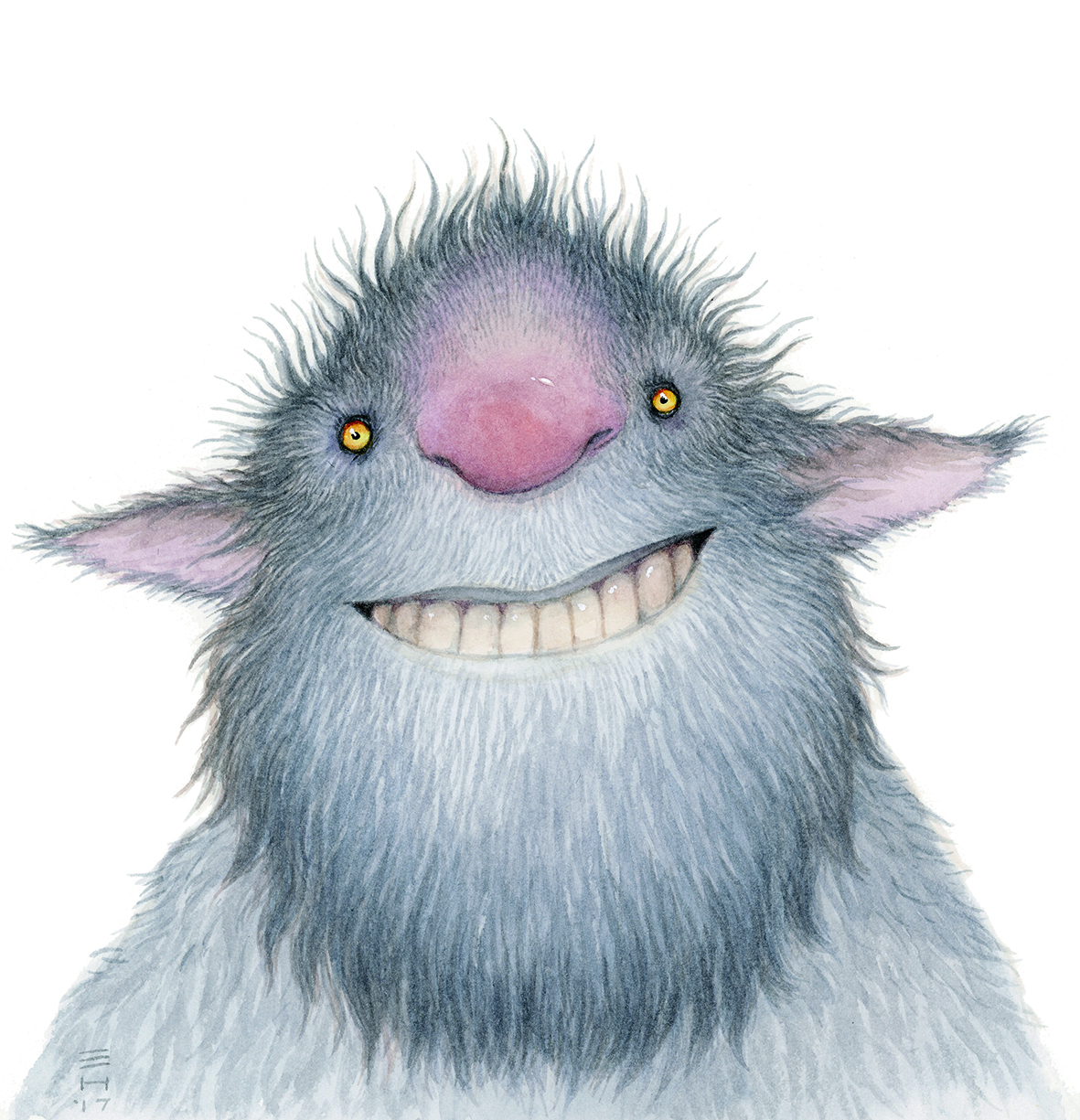
In the case of this Darkling Glib creature, I didn’t quite capture the dark and creepy nature of the initial rough thumbnail. However, I was really pleased with the result. With any furry creature it’s worth taking the time to slowly build up layers of washes to paint fur.
06. Throw out all your plans
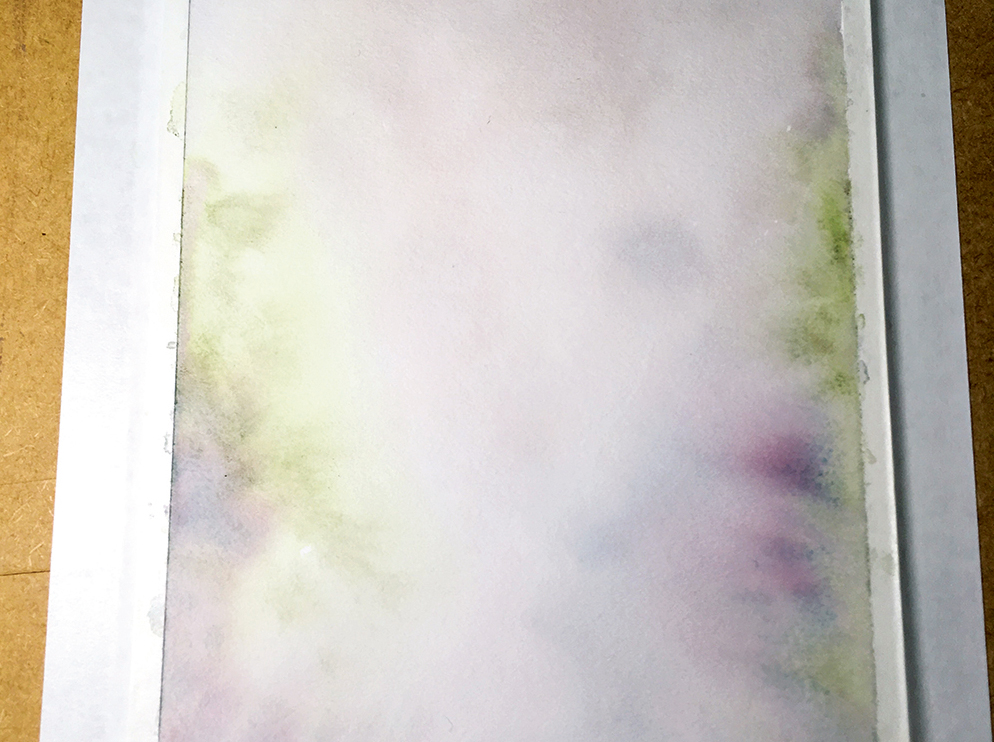
This is another valid way of coming up with an interesting creature. For this piece I started by soaking the illustration board (a Strathmore 500 wet media board) using a misting spray bottle filled with water. I then mixed some paints and started dropping the colour onto the paper.
This made for some wonderful accidental shapes. With this approach, eventually you’ll start to see something appear among these shapes and you can then start to refine it.
07. Go with the flow
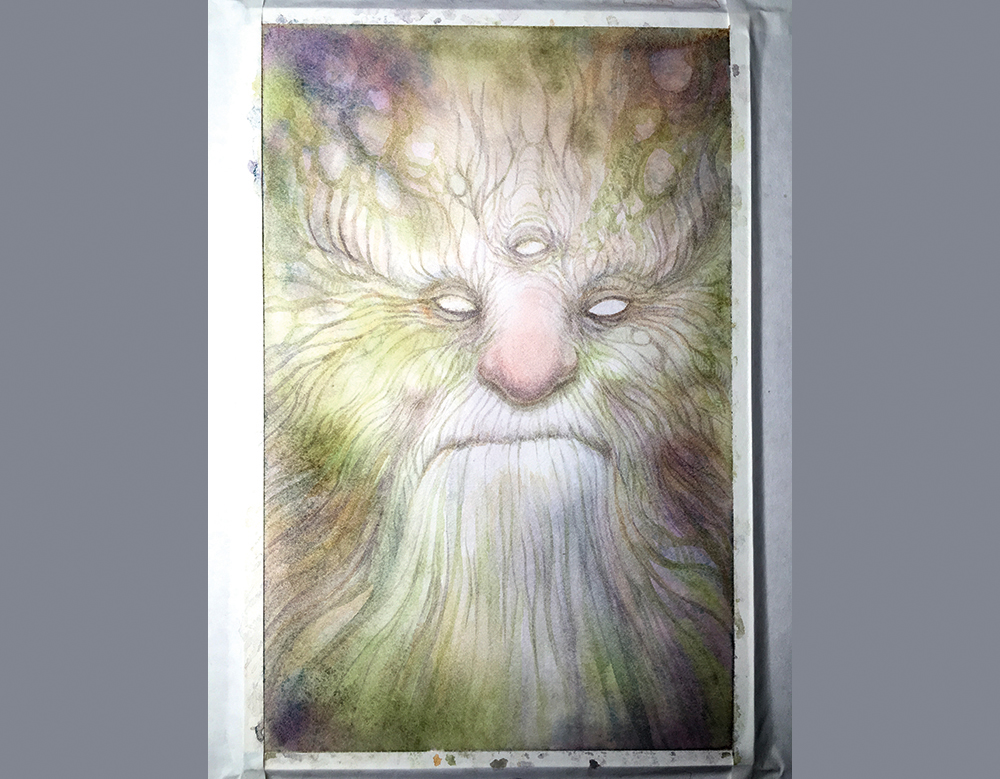
For my magical being here, I saw a face, so I started to build on that. I used the interesting shapes that the watercolour made as it dried (a very handy tip is to have a small hair dryer at your desk so you can speed up the drying of each wash).
Once I’d started picking out a nose and some eyes (plus an extra one!), I could continue working around the painting and further develop the face more. The great thing about using watercolour paint, particularly into wet paper, is that it’s unpredictable. It’s the perfect setup for generating those happy accidents.
08. Splash paint around to create texture
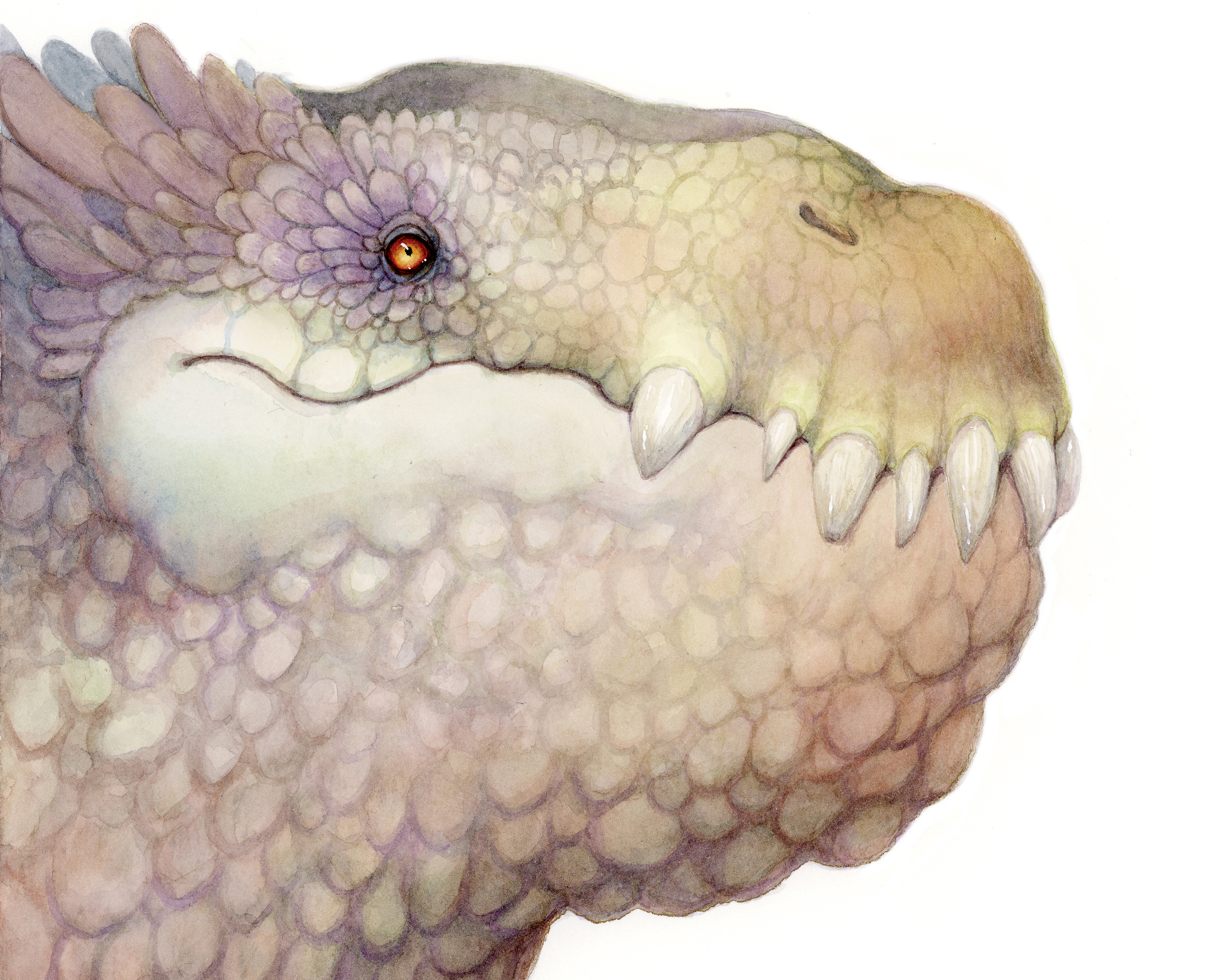
Have fun with patterns and shapes to give the impression of scales or knobbly textured skin. I used reference from the mouths of lizards and also crocodiles for this dragon’s jaw and then mixed it up a bit.
Splash paint around and let it dry in various textures, then use the patterns from those dried splodges to guide where you might make marks. I like to keep things fairly organic-looking.
09. Use a rigger brush for fine hairs
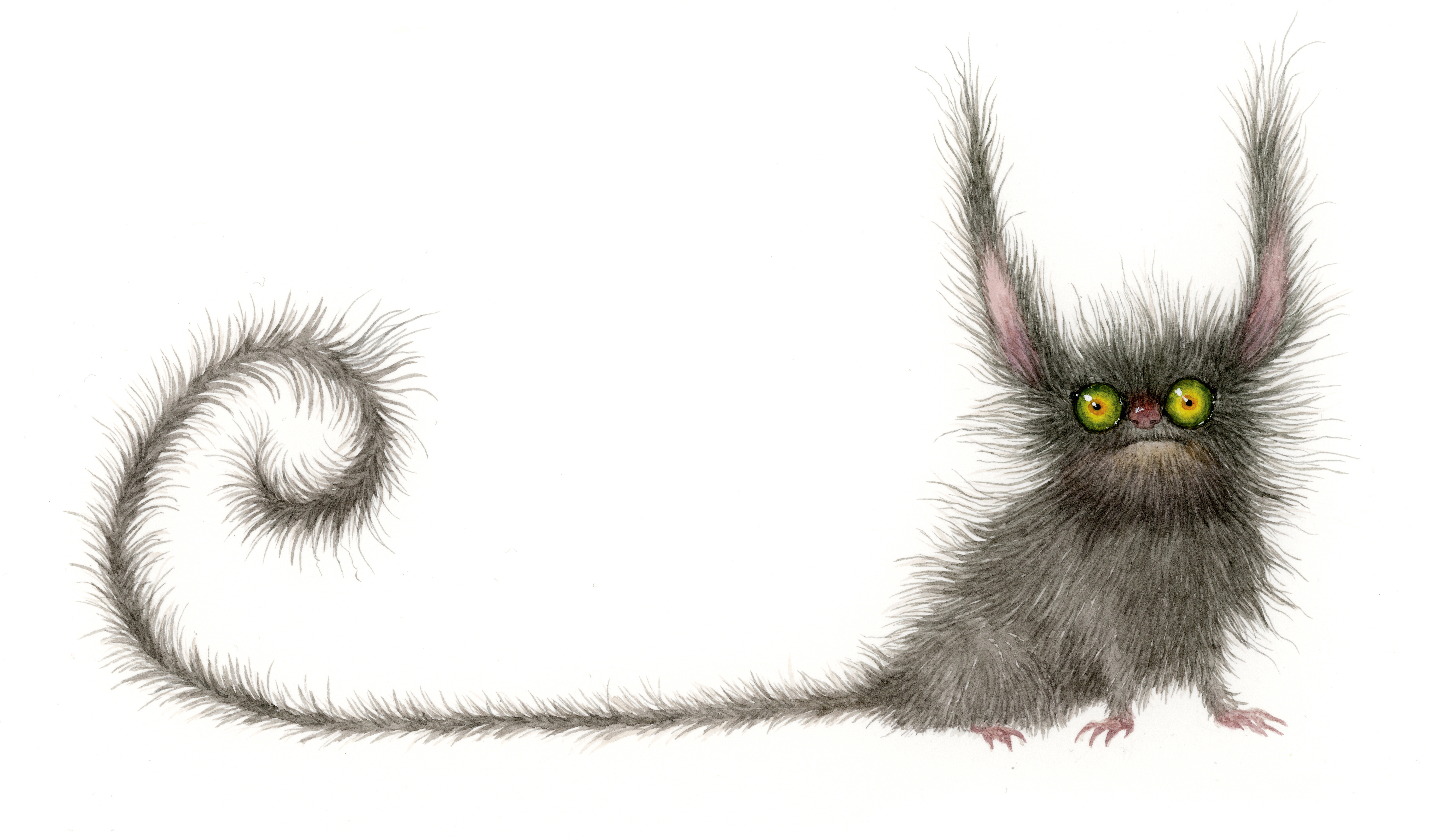
I used a fine rigger brush to create the very fine long hairs all over this little chap. The rigger is a wonderful brush for keeping control of fine lines and they hold a fair amount of pigment, which is always useful. The brush’s name comes from the brushes that were created to paint the rigging on paintings of tall ships.
10. Develop the eyes
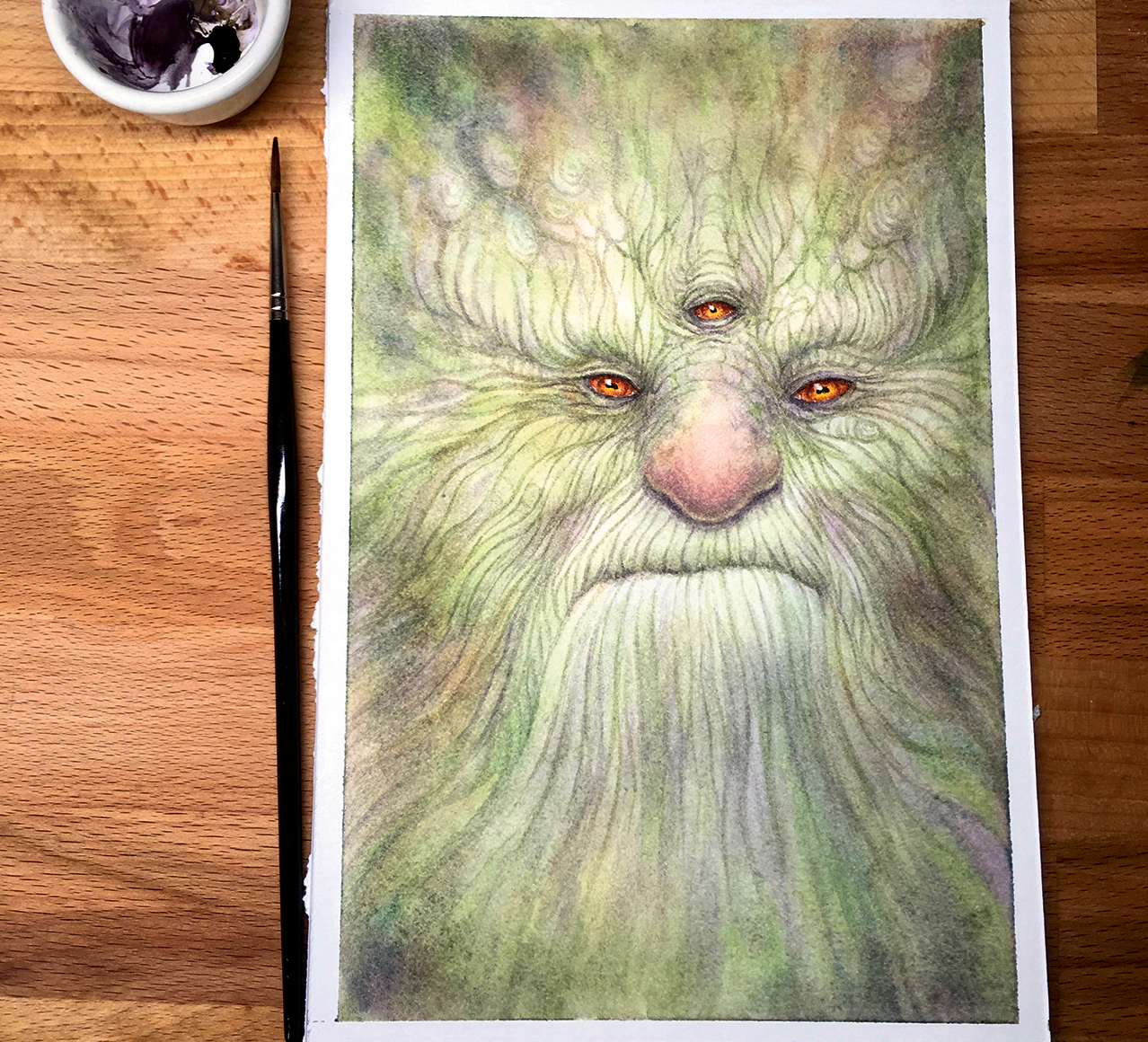
Eyes are possibly the most important thing to bring a creature or strange being to life. The final dots of watery reflection in them can make or break a painting.
Make sure you study lots of pictures of eyes – consider finding some eyes that don’t belong in a human face and put them there, such as the eyes of an octopus! These are the things which can create an unusual, original creature. I chose a contrasting colour for the eyes of my green man so that they instantly pop out from the greens and purples.
11. Use Acryla gouache for glossy eyes
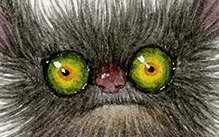
Glossy eyes are essential, especially in a mammal. Once I’m ready to add highlights to an eye I bring out the Acryla gouache. This medium is permanent and behaves much like acrylic, except that it dries completely matte – just like watercolour.
I use this all the time for highlights in my paintings, and it can be mixed with watercolour to tint it (or you can buy other colours in the same medium too, of course). As well as the main highlight on the eye, I always add tiny spots of light around the lids of the eye to give the impression of wetness.
This article originally appeared in ImagineFX magazine issue 151. Buy it here.
Related articles:

Thank you for reading 5 articles this month* Join now for unlimited access
Enjoy your first month for just £1 / $1 / €1
*Read 5 free articles per month without a subscription

Join now for unlimited access
Try first month for just £1 / $1 / €1
